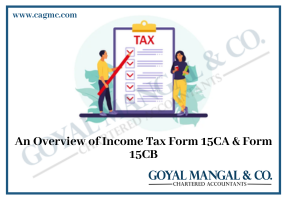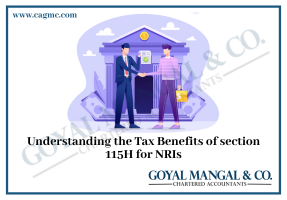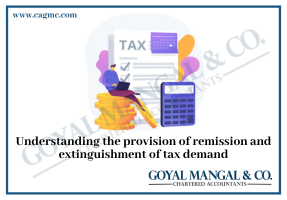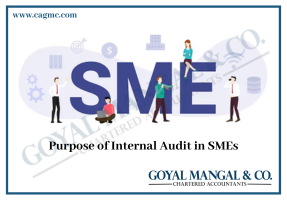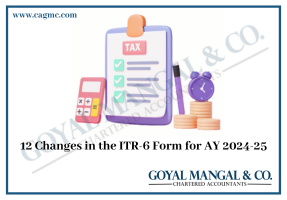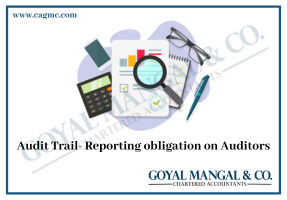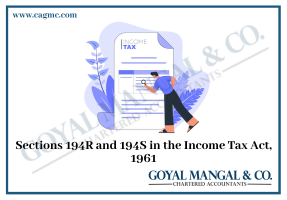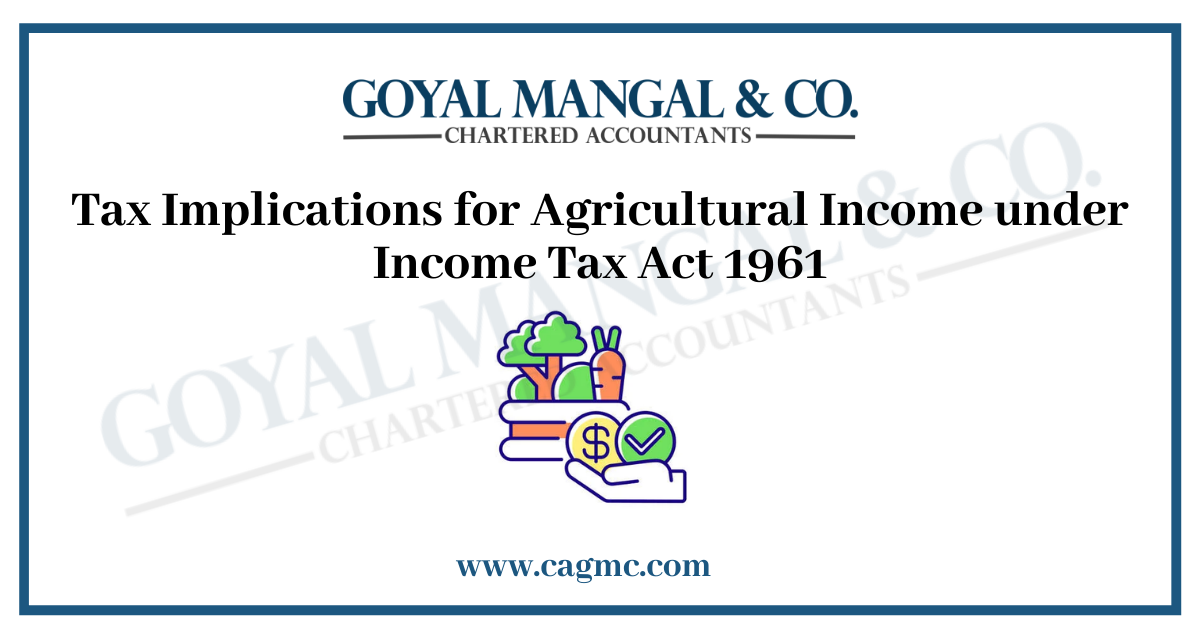
In India, agriculture is the most common occupation. For India’s enormous rural population, it is frequently their only source of income. For its fundamental food requirements, the country as a whole is completely reliant on agriculture. The government has a variety of programs, laws, and other measures in place to encourage growth in this industry, one of which is an income tax exemption. When it comes to the taxation of agricultural revenue, it may appear that the fact that it is exempt from income tax is all we need to know, but there is more to it. Let’s have a look at the Tax Implications for Agricultural Income.
|
Table of Content |
Concept of Agricultural Income
The Income Tax Act, 1961 has its own definition of agricultural income, which includes the three main activities listed below:
- Rent or revenue generated by agricultural land in India: Rent is the payment of money in exchange for the right to use the land. There are numerous potential sources of income that can be derived from land. Fees received for the renewal of a grant of land on the lease would be an example. Revenue from land, on the other hand, does not include the consideration received on the sale of land.
- Earnings from agricultural land: Income from agricultural land can be obtained in the following ways:
- Agriculture: Though not covered by the Act, the Supreme Court defined agriculture in the case CIT v. Raja Benoy Kumar Sahas Roy, explaining that agriculture consists of two types of operations: basic operations and subsequent operations.
- Basic Operation: Basic operations would include cultivating the land and, as a result, tilling the land, sowing seeds, planting, and any other operations that require human skill and effort directly on the land itself.
- Subsequent Operations: Subsequent operations include those performed for the growth and preservation of the produce, such as weeding, digging soil around the crops grown, and so on, as well as those performed to prepare the product for market use, such as tending, pruning, cutting, harvesting, and so on. Income derived from saplings or seedlings grown in a nursery would be considered agricultural income regardless of whether the basic operations were carried out on land.
- Through the execution of a process by the cultivator or the recipient of rent in kind that results in the agricultural produce being ready for market: Such processes involve manual or mechanical operations that are normally used to prepare agricultural produce for the market while retaining the original character of such produce.
- Through the sale of such agricultural produce: Where the product does not go through the ordinary processes to make it marketable, the income from the sale divides into agricultural (exempt) income and non-agricultural (taxable) income.The Income Tax Department has established rules to achieve this distinction between agricultural and non-agricultural products such as tea, coffee, rubber, and so on.
- Agriculture: Though not covered by the Act, the Supreme Court defined agriculture in the case CIT v. Raja Benoy Kumar Sahas Roy, explaining that agriculture consists of two types of operations: basic operations and subsequent operations.
- Earnings from farm construction required for agricultural operations: The following are the conditions for classifying farm building income as agricultural income:
- The building should be on or near the agricultural land and be one that the receiver of rent or revenue or the cultivator, due to his connection with the land, requires as a house to stay in or as a storehouse, or uses for these purposes.
- Either of the following two conditions must be met: the land is assessed by land revenue or a local rate assessed and collected by government officials; OR If the preceding condition is not met, the land should not be located in the following area:
| Airspace distance from the municipality | Population-based on the most recent census |
| Within 2 km | 10,000 to 1,00,000 |
| Within 6 km | 1,00,000 to 10,00,000 |
| Within 8 km | > Rs. 10,00,000 |
Taxation of Agriculture Income
As previously stated, agricultural income is exempt from income tax. The Income-tax Act, on the other hand, has established a method for indirectly taxing such income. We know this method or concept as the partial integration of agricultural and non-agricultural income. It intends to tax non-agricultural income at higher rates. This method is applicable when the following conditions are meeting:
- Individuals, HUFs, AOPs, BOIs, and artificial juridical persons must use this method to calculate their taxable income. As a result, companies, firms/LLPs, co-operative societies, and local governments do not have permission to use this method
- During the year, net agricultural income exceeds Rs. 5,000; and
- Non-agricultural earnings are as follows:
- More than Rs. 2, 50,000 for individuals under the age of 60 and all other applicable persons.
- More than Rs. 3,000,000 for individuals between the ages of 60 and 80.
- More than Rs. 5, 00,000 for individuals over the age of 80.
In Simplest Terms, non-agricultural income should be greater than the maximum amount not subject to tax (as per the slab rates).
Calculation of Taxable Agricultural Income
If the agricultural land does not fall within the scope of the above section, then there will be a requirement for a separate tax evaluation. If the agricultural income is less than INR 5000, the returns must be filed using ITR 1, otherwise, ITR 2 must be used, which has a separate column for declaring the details of the income.
The tax calculation here is based on the fact that income from agricultural sources falls under Section 2 (1A) of the Income Tax Act, 1961.
The tax calculation will involve the following steps for all other normal purposes:
- Including Agricultural Income – Since B is the individual’s base income and A is agricultural income, firstly we should calculate the tax on the sum of B+A. Let us refer to this tax as T (B+A).
- Including the basic tax slab benefit – The basic tax slab may change depending on changes in the Income Tax rules, but for clarity’s sake, let’s consider it as S. This must be added to agricultural income, and a new tax must be calculated on the amount. Let us refer to this tax as T(S+A).
- Income Tax Liability – This is the tax that is deductible. As a result, Income Tax = T (B+A) – T(S+A).
Endnote
It is important to remember to aggregate agricultural income when calculating taxes because doing so can help you avoid paying unnecessary extra taxes or interest on taxes. Moreover, it will assist the government in keeping note of the total tax generated by other sectors of the country.
